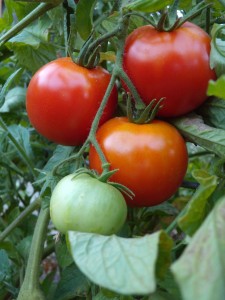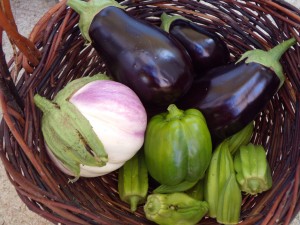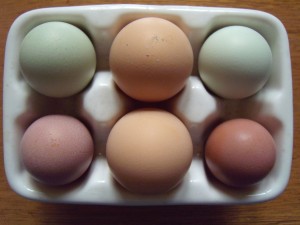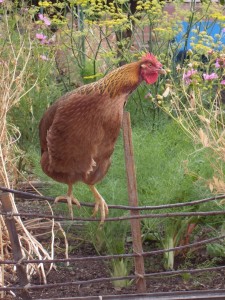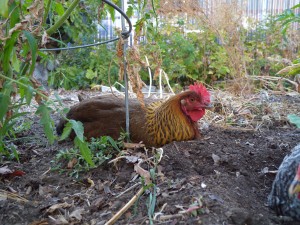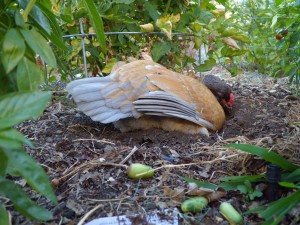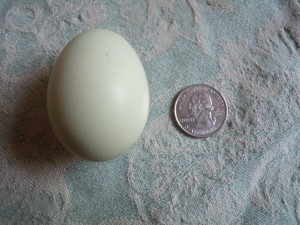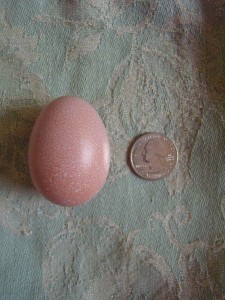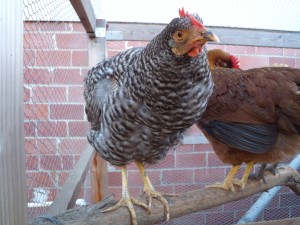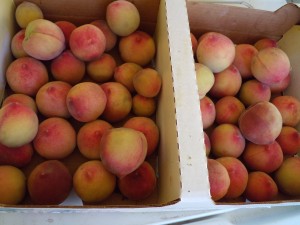I’m making vinegar from scratch. I hear it’ll be delicious—the best vinegar I’ve ever tasted. But honestly, I don’t really know what I’m doing, and no one else seems to either.
It’s not that there aren’t zillions of blog posts out there with recipes for vinegar, not to mention how-to videos on You Tube. It’s just that everyone says—with a great deal of conviction—something different.
For instance, is small batch home vinegar ready in a week? Should you taste test for done-ness daily beginning at week three or four? Or does vinegar definitely take three to six months of undisturbed development? And likewise, does one casually add wine along the way to continue feeding the vinegar mother, or is it imperative to leave the whole concoction undisturbed for months on end?
How, exactly, does one know when one’s vinegar is ready for consumption? And, as one scans the froth anxiously for dreaded molds, how does one distinguish said molds from the healthy layer of scum created by a robust mother?
Then there is the question of what approach one takes to the vinegar making process.
Should I begin with a store-bought mother and some leftover wine? What about seeding fruit scraps with some unpasteurized commercial vinegar? Or growing a mother from wild bacteria by combining sugar (or honey?!) with water and fruit?
Are the corpses of fruit flies essential ingredients in the vinegar mother-making mix due to the bacteria on their feet, as one popular video claims? Or, as Kelly sagely pointed out, are the many local airborne bacteria and those naturally present on the skins of all fruits enough to inoculate the mixture?
All of these questions have made me hesitant to take the leap into the science experiment that is vinegar making. I’ve been perhaps unreasonably perturbed by the lack of clear, definitive, comprehensive instructions and explanations on the topic. But maybe, as I’m now trying to convince myself, the very wide array of information on home vinegar making simply indicates that there are many right ways to make vinegar. Here’s hoping.
In an attempt to increase my odds of turning out a favorable result, I made a variety of concoctions.
First, about a month ago, I started a batch of white wine vinegar using organic wine without added sulfites—apparently important so as not to impede the growth of vinegar-making bacteria—and a white wine vinegar mother, purchased for a pretty penny at the same boutique-y farm supply store at which I purchased my Perfect Pickler.
One month in, the white wine vinegar smells like vinegar, and the mother, a layered, fleshy looking mass, has grown considerably. Although it smells respectable enough, I haven’t touched or tasted it because the label on the mother’s bottle said it would take three to six months to become vinegar.
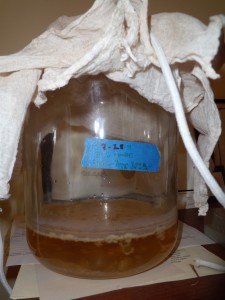
My white wine vinegar mother hard at work (the main gelatinous mass of mother is actually not visible in this picture. She is under the surface of the wine/vinegar).
While my store-bought vinegar mother is busy digesting alcohol in semi-darkness, I’ve been considering trying to grow my own mother from whatever unseen bacteria abound in our neck of the woods.
Today, Kelly got busy juicing grapes to make mead, and I couldn’t resist taking a stab at grape pulp vinegar. Why not? There are plenty of recipes out there for apple and pear scrap vinegars.
Now, a few hours later, I’ve got seven jars of someday-fingers-crossed-delicious-vinegar on the kitchen counter. I’m especially excited to be experimenting with regard to proportions, sugar vs. honey vs. no added sweetener, etc. I even threw in a few strawberries and raspberries to some of the jars.
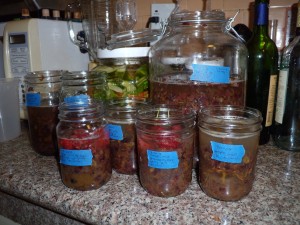
Vinegar galore–with pickles in the background.
I have dutifully left the jars sans cheesecloth for the night, just in case fruit flies really are the key to successful vinegar.
Can one make vinegar without also making a mother? This is another of the many questions I still don’t have an answer to–some of the recipes I found don’t even mention a mother, while others require that one begin with a mother.
I’m hoping that mothers develop in at least some of these jars. Aside from their practical utility, there is something so otherworldly and deep-sea creature/disemboweled organs-grotesque about them. They’re revolting and magical all at the same time. And that name!


